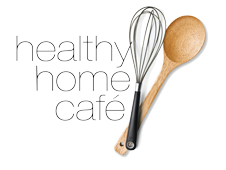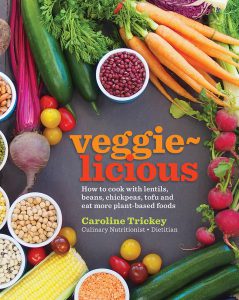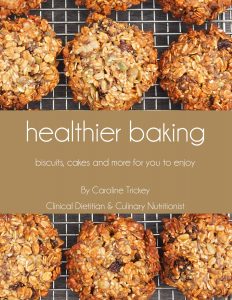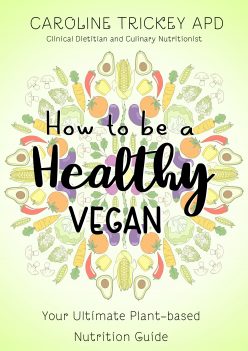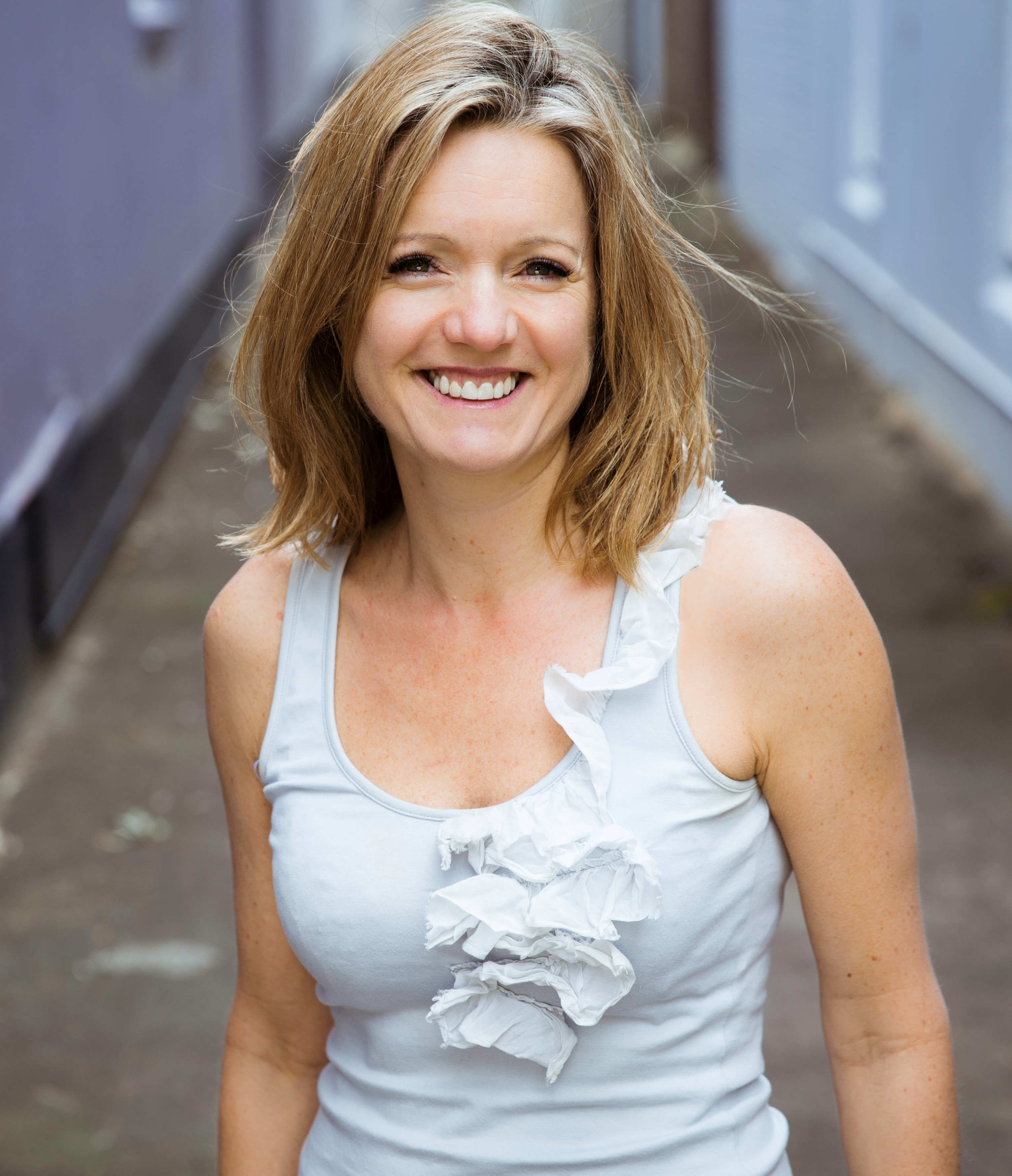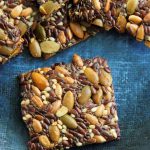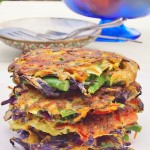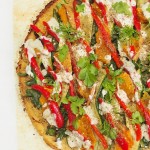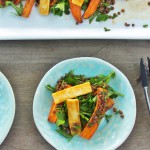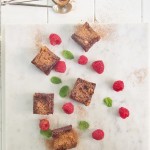Sugar, sugar, sugar
Are you like so many hundreds, or thousands who have “quit sugar”?
It may be a good thing if you have, but which sugar have you actually “quit”?
I’ve seen many clients who have given up eating fruit because it has sugar in it. If this is the type of sugar you have quit, then you may actually be doing your health a serious disservice.
You see not all sugars are the same and they behave very, very differently in your body when you eat them. Allow me to explain.
There are two main categories of sugar in food:
- naturally occurring sugars like fructose in fruit and lactose in milk and yoghurt
- added sugar, or the ingredient sugar which is added to make food taste sweet and help balance the flavour of some savoury foods
Naturally occurring sugars are part of the carbohydrate component of a whole food. As they are naturally occurring, they will not be listed in the ingredient list (that is, if the food has a label!). You do not need to ‘quit’ these sugars. Why? Well despite everyone being scared of carbohydrates and sugars, these are exactly what your body uses for energy. In fact, it is the only fuel your brain and central nervous system can use. These carbohydrate components are burned cleanly and efficiently by the body. Plus, they are only a small portion of all of the nutrients that make up a healthy food, so come along with essential vitamins, minerals and usually fibre. The best guide to use when choosing foods that contain these healthy sugars is the glycemic index (or GI) and choose the low GI ones (note that both lactose and fructose are low GI).
Sugar added to food is usually the refined product made from sugar cane that we know as sugar (that many people put in their tea or coffee). However, it has many other names and forms which will be listed in the ingredients list such as concentrated fruit juice, corn syrup, dextrose, fructose, glucose, golden syrup, maltose, maltodextrin, sucrose, raw sugar, cane sugar, brown sugar, honey, agave nectar, blackstrap molasses, rice syrup, rice malt and barley malt. These sugars are the ones to limit or avoid. Not only due to the sugar content, but because the types of food they are included in are usually very processed and include other unhealthy ingredients like fats and starches, flavourings, colours and additives. These foods contain nothing healthful and are nutrient poor. In fact, it actually is these types of processed food that you really need to ‘quit’ if you want to be healthy!
So if you are like me and like the occasional sweet food, then try to make these foods yourself as you will know exactly how much sugar you put in them. Eat these foods ‘sometimes’ or ‘occasionally’ and healthier ‘everyday’ foods most of the time and you will be healthy!
p.s. I have also had clients tell me that low fat (plain or unflavoured) dairy, so milk and yoghurt, has sugar added to it, even though it is not listed on the ingredients list. This is not true! The laws on food labeling in Australia are very tightly controlled so trust me, this does not happen! I’ll tell you what has really happened
Dairy contains all three macronutrients – protein, carbohydrate and fat. To make low fat, they remove some of the fat, which concentrates the remaining macronutrients – protein and carbohydrate.
So when you look at a nutrition information panel for milk
1 cup of full cream milk has 1 cup of low fat milk has
8.5 grams of fat 3.5 grams of fat – less than half
8.5 grams of protein 9 grams of protein – slightly more
12 grams of carbohydrate 13 grams of carbohydrate – slightly more
12 grams of sugars 13 grams of sugars – slightly more!
but no ‘sugar’ has been added. Capiche?
